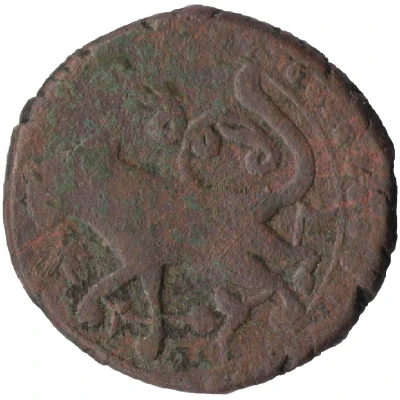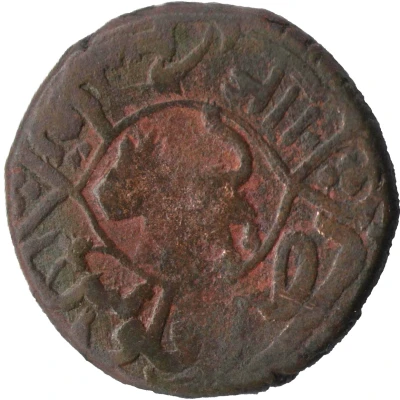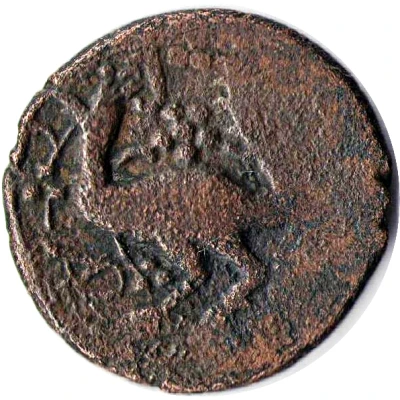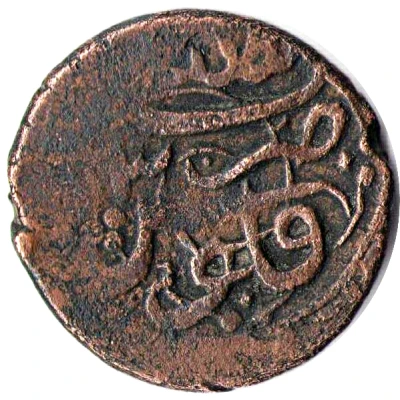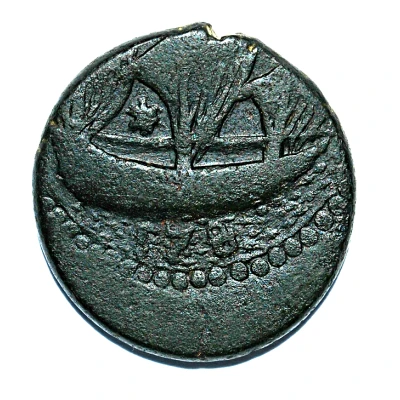
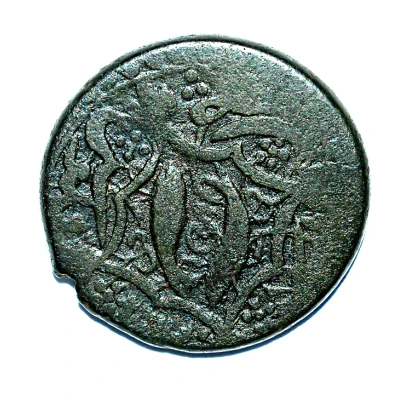

Obverse © Pavle Chumburide – Reverse © Pavle Chumburidze
½ Bisti - Vakhtang VI
1120 (1708) year| Copper | 8 g | 23 mm |
| Issuer | Georgia › Kingdom of Kartli (1490-1762) |
|---|---|
| Regent | Vakhtang VI (ვახტანგ VI) (1703-1714) |
| Type | Standard circulation coin |
| Year | 1120 (1708) |
| Calendar | Islamic (Hijri) |
| Value | ½ Bisti (1⁄20) |
| Currency | Abazi (-1801) |
| Composition | Copper |
| Weight | 8 g |
| Diameter | 23 mm |
| Thickness | 2 mm |
| Shape | Round |
| Demonetized | Yes |
| Updated | 2024-10-04 |
| Numista | N#97688 |
|---|---|
| Rarity index | 92% |
Reverse
Two zodiacal fishes in the centre and Georgian Mkhedruli legend
abbreviation for the name of Vakhtang: ვნგ or ვტგ. All in ornamented frame
Script: Persian
Lettering:
Persian legend. mint and date.
فلوس ضرب تفليس ١١٢٠
Translation: Pulus (in this case, general term for copper money) was struck at Tbilisi in 1120 (=1708/1709).
Interesting fact
One interesting fact about this coin is that it features a unique blend of Christian and Islamic influences in its design. The coin's obverse side bears an image of the Georgian king, Vakhtang VI, while the reverse side features an Arabic inscription and a depiction of a crescent moon, which reflects the Islamic influence that was prevalent in the region at the time. This blending of religious symbols and imagery is a notable aspect of the coin's design and highlights the cultural diversity and exchange that existed in the Kingdom of Kartli during the 18th century.
